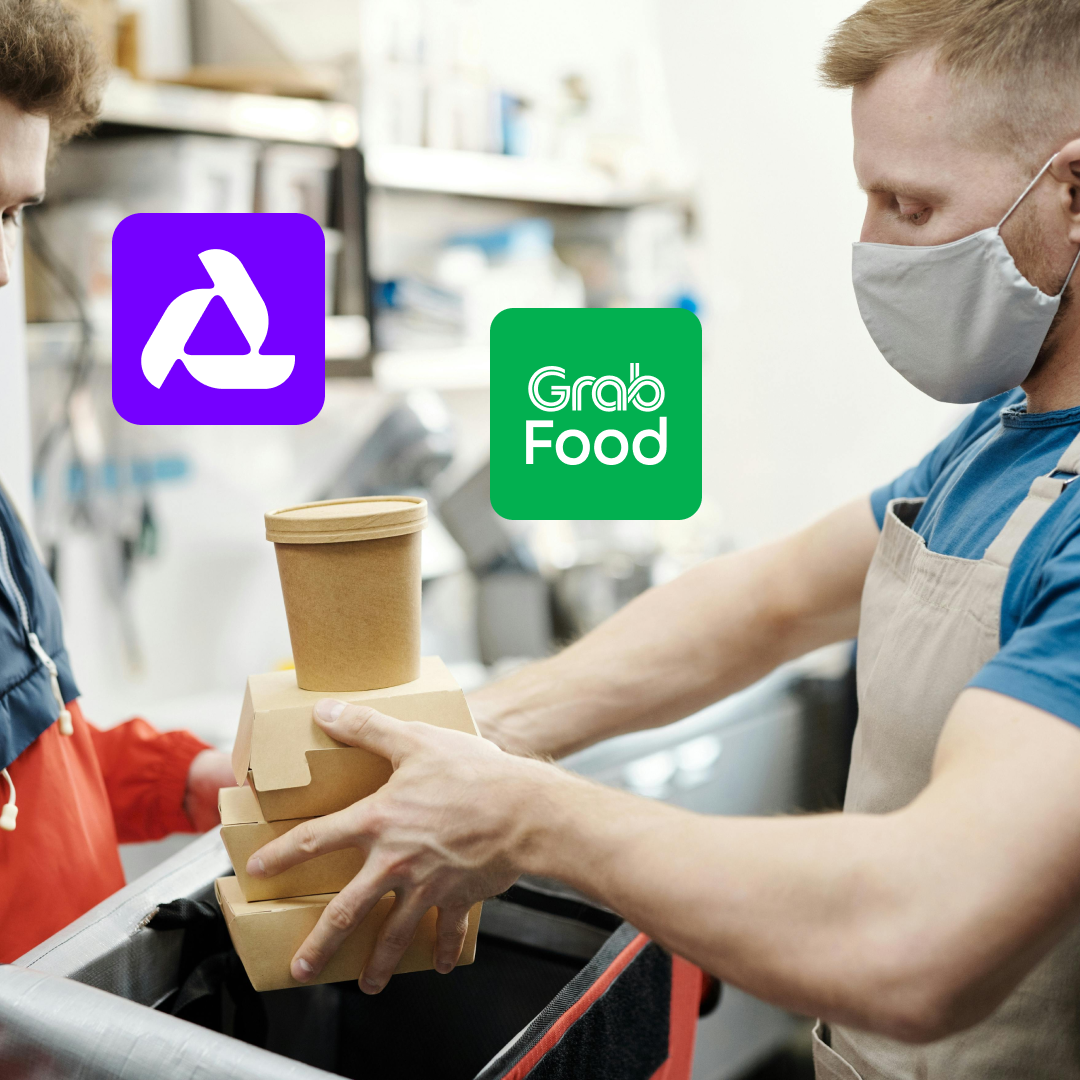It’s clear that COVID has changed restaurants as we know them. With more and more consumers now demanding digital options and food delivery, ghost kitchens are quickly growing in popularity. Let’s walk through what they are, and how you can start your own today — right in your existing restaurant!
Why are they called “ghost kitchens?”
The term first emerged in 2015 from an NBC New York article, which used the term to refer to a range of “restaurants” that were appearing on American food delivery platforms Seamless and Grubhub, but did not match their listed addresses. Instead, owners were operating these businesses from within their existing kitchens, creating and marketing new concepts on these platforms to occupy more digital space and ultimately drive sales. The term has stuck, and now ghost kitchens have become one of the fastest maturing trends in F&B.
What about food safety and quality?
The initial issue with ghost kitchens is that many were being run from residential locations — without the scrutiny of local health and safety regulators. While this was technically allowed in many parts of South East Asia due to the prevalence of street food, Western markets were typically less understanding. As a result, ghost kitchens quickly had to legitimise themselves by being placed within existing kitchens, subject to the correct authorities and approvals.
Why start a ghost kitchen?
The rise of ghost kitchens has coincided with the demand for delivery; consumers are wanting more and more options from the comfort of their couch. With so many restaurants out there, many of these establishments are turning to ghost kitchen setups in order to create category niches; e.g., Tibetan tingmo (steamed bread), Senegalese sombi (sweet milk-rice soup) and every kind of cuisine you can imagine. In doing so, food is becoming more and more democratised — with kitchens also becoming more efficient in the process. As you can imagine, a ghost kitchen helps attract new customers and more sales.
How can I start a ghost kitchen?
To establish a ghost kitchen, it is important to do your homework. Find a category or cuisine niche that you and your team can really nail — ideally one that isn’t available anywhere else in the delivery zone or broader city. From there, work with the delivery apps to onboard your new concept, and submit all the paperwork required to ensure you won’t get closed down after a week! For more tips on how to launch a ghost kitchen see our article here!
🤯 This sounds like a lot of work. What will make this easier?!
Onboarding a new brand(s) into your existing kitchen can be a real challenge, especially as you now need to manage another offering across a range of the same delivery platforms. Thankfully, here at klikit, we are purpose-built to help F&B owners tap into their unused capacity — we offer a one-stop software solution for you to easily start your own ghost kitchen; you can even borrow a range of tried-and-tested delivery brands from us!
Contact us today to start earning bolt-on revenue.







